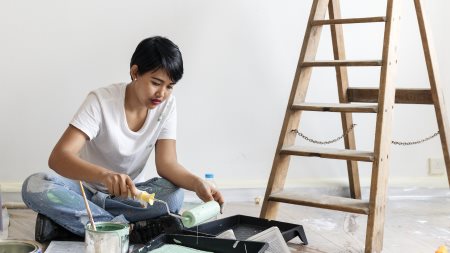How to buy a fixer-upper and sell it for maximum profit. Flipping (or buy-to-sell) is a common strategy used by investors to build up their pot of capital.
Generally speaking, buy-to-sell opportunities arise out of 2 circumstances:
The seller is in a distressed situation
This is where a seller may be in a personal position where it requires him/her to sell quickly, in order to release equity for them to move on with. Some of the common causes of this are:
- Divorce
- Financial shortfalls
- Emigration or relocation
- Deceased estates
The property is in a distressed state
In this investment brochure, we want to focus more on distressed properties. These are usually older properties that have been neglected or have been standing empty for a long time.
Run-down properties that require a lot of work will deter most
buyers but can be a huge opportunity for investors. When it
comes to negotiation, investors will use the fact that they need
to renovate the property to their advantage and therefore, they
require lower priced / run-down opportunities.
Other than demand for the type of property that you want to flip, there are 3 components you need to get right when buying distressed properties, which include:
1. Run your numbers and buy right
Don't estimate how much a property will cost to repair, rather follow these three steps:
- Find a distressed property to get started - one that is going to make you a profit at the end of the day.
- Manage the expectations of the estate agent and what you expect to happen before you purchase the property.
- Go through the property in detail to ensure that all renovations are noted and refurbishment costs expected.
Read our complementary article: Property flipping guide: 01 Run your numbers and buy right
2. Understand the renovation and holding costs
Learn more about the renovation and holding costs involved with flipping. Compare quotes, keep a steady cashflow for daily running costs, and ensure all expenses are documented.
Read our complementary article: Property flipping guide: 02 Understanding the costs
3. Know the market value of the renovated property
Do this to get an idea of the property’s market value:
- Visit Private Property to see the asking prices of similar properties. Remember that asking prices are usually higher than actual sold prices.
- Ask the agent what they think the property will sell for but do not take their opinion as fact.
- Download an online property report to gauge the activity of sales in that area. You want to be looking for similar properties that have recently sold in that immediate area and see at what price.
Read our complementary article: Property flipping guide: 03 Know the market value of the renovated property




